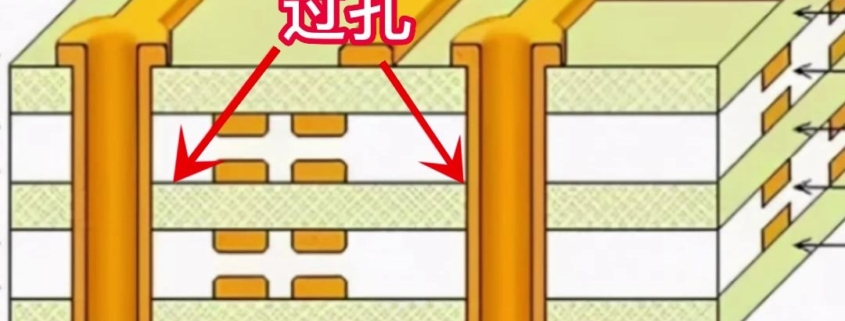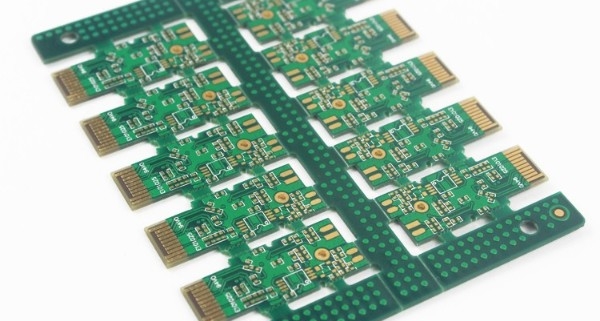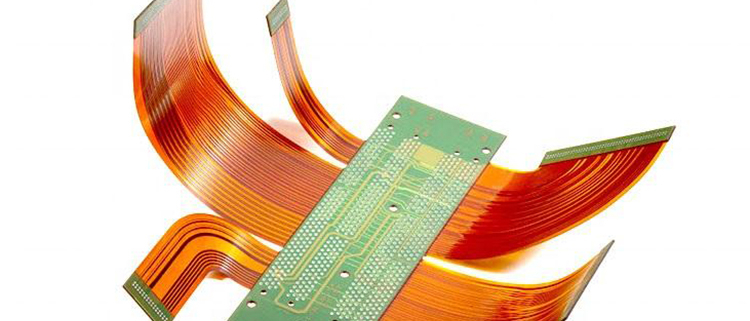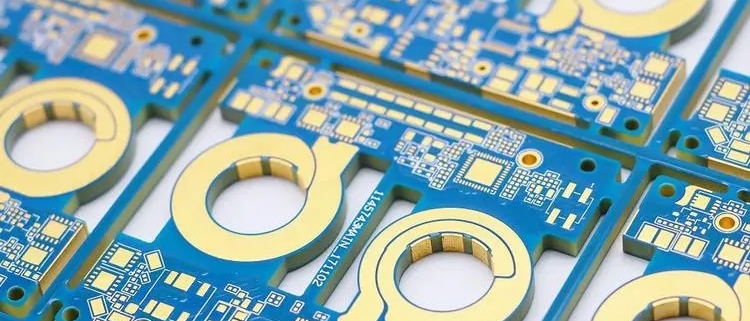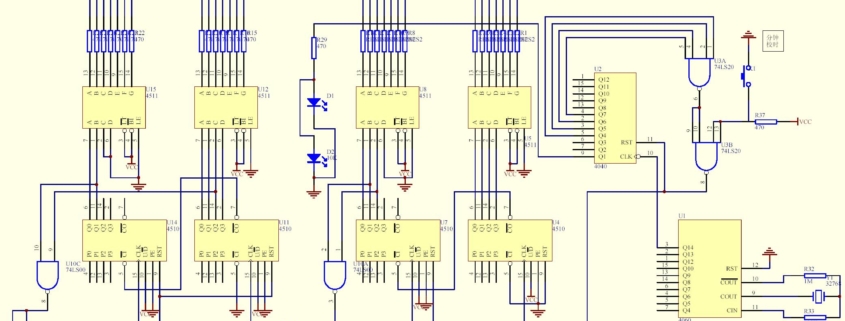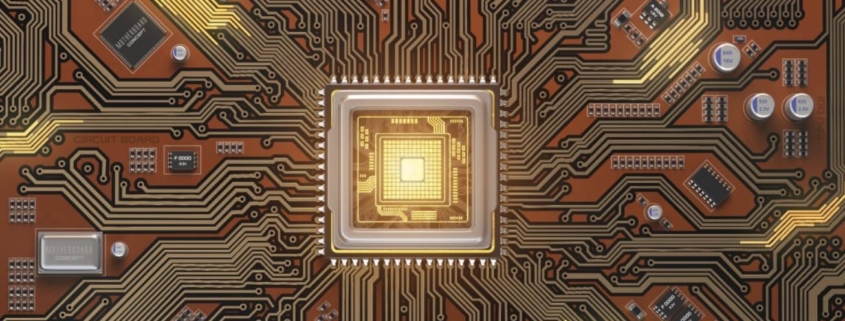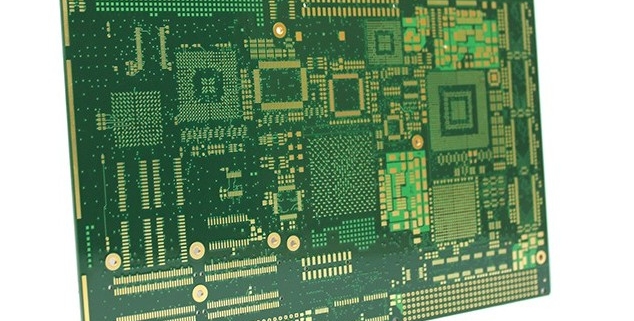What are the benefits of Immersion Gold PCB?
1. Corrosion resistance
Immersion gold PCB has excellent corrosion resistance. Its surface metal coating can effectively prevent the PCB board from being corroded by the external environment. Compared with other surface treatment processes, immersion gold PCB can better resist oxidation, sulfuration and chemical corrosion, thereby extending the service life of the circuit board.
2. Reliability
Immersion gold PCBs are widely used in electronic product manufacturing, mainly because of its reliability. The immersion gold layer has good flatness and smoothness and can provide a good welding surface. This makes the welding process more stable and reduces the risk of poor welding. In addition, immersion gold PCB can also provide good signal transmission performance, reduce signal loss and interference, and improve circuit reliability.
3. Weldability
Immersion gold PCB has good solderability. The immersion gold layer has good wettability and solderability, and can be well combined with solder. This makes the welding process easier and more stable, greatly improving welding efficiency. At the same time, the flatness and smoothness of the immersion gold layer also help reduce welding defects and improve welding quality.
4. Conductivity
Immersion gold PCB has excellent conductive properties. The immersed gold layer has the characteristics of low resistance and low reflectivity, which can provide low noise and stable signal transmission. This is very important for high frequency and high speed circuits. In addition, the immersion gold layer also has good current carrying capacity and can meet the needs of various circuit boards.
Immersion gold PCB has many advantages such as corrosion resistance, reliability, weldability and conductivity, so it plays an important role in electronic product manufacturing, providing a stable soldering surface and reliable signal transmission. With the continuous development of electronic products, the application prospects of immersion gold PCB will be broader.


